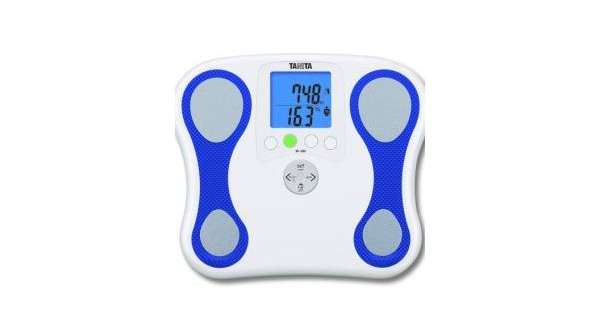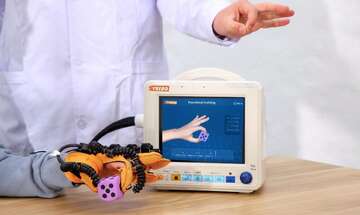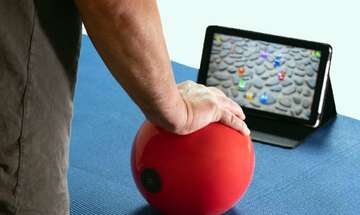Tanita's Body Fat Scale for Kids Encourages Healthy Habits from Early Years
 image: TANITA
image: TANITA Tanita's body fat monitor for children was designed to encourage kids to reach desired health and fitness goals early in life.
In 2011, Tanita Corporation launched the industry's first body fat scale for children designed for home use. The Tanita BF-689 body fat monitor was developed specifically to motivate kids to adopt healthy lifestyles at an early age. The device is one of the countless tools introduced in recent years to fight the childhood obesity epidemic in the United States, where 1 out of 3 children is considered overweight or obese. The body fat monitor can help parents communicate the importance of healthy habits and use positive reinforcement when children meet specific health goals.
Tanita's body fat scale was introduced to provide parents and educators with an accurate insight into children's fitness levels and health. The device is designed for children aged 5 to 17 and takes into account each gender's milestones in physical development to deliver accurate readings. Boys typically increase their fat mass until they reach puberty, and then fat is replaced with muscle mass. Girls, on the other hand, continue to increase their body fat levels throughout puberty.
The Tanita BF-689 uses bioelectrical impedance analysis (BIA) technology to measure and classify healthy body fat levels. The scale is very user-friendly and has a smaller platform with non-slip features to make it safer for kids. All kids need to do to take measurements is to step on the scale, and their weight and body fat percentage are shown on a large LCD display.
BIA technology is increasingly being seen as the only accurate, cost-effective method to monitor children's progress. Traditional methods like the body mass index (BMI) are still widely used as a simple tool to assess children's height-weight ratio, but they can't distinguish between increased weight in the form of fat or lean muscle. Heavy children may have excess fat, but they can also be large-boned or heavily muscled, and the relationship between fat and lean tissue in childhood and puberty is a complex one. For this reason, both medical professionals and parents are increasingly turning to body fat scales as they provide them with a better insight into children's health.

 SEND INQUIRY
SEND INQUIRY









